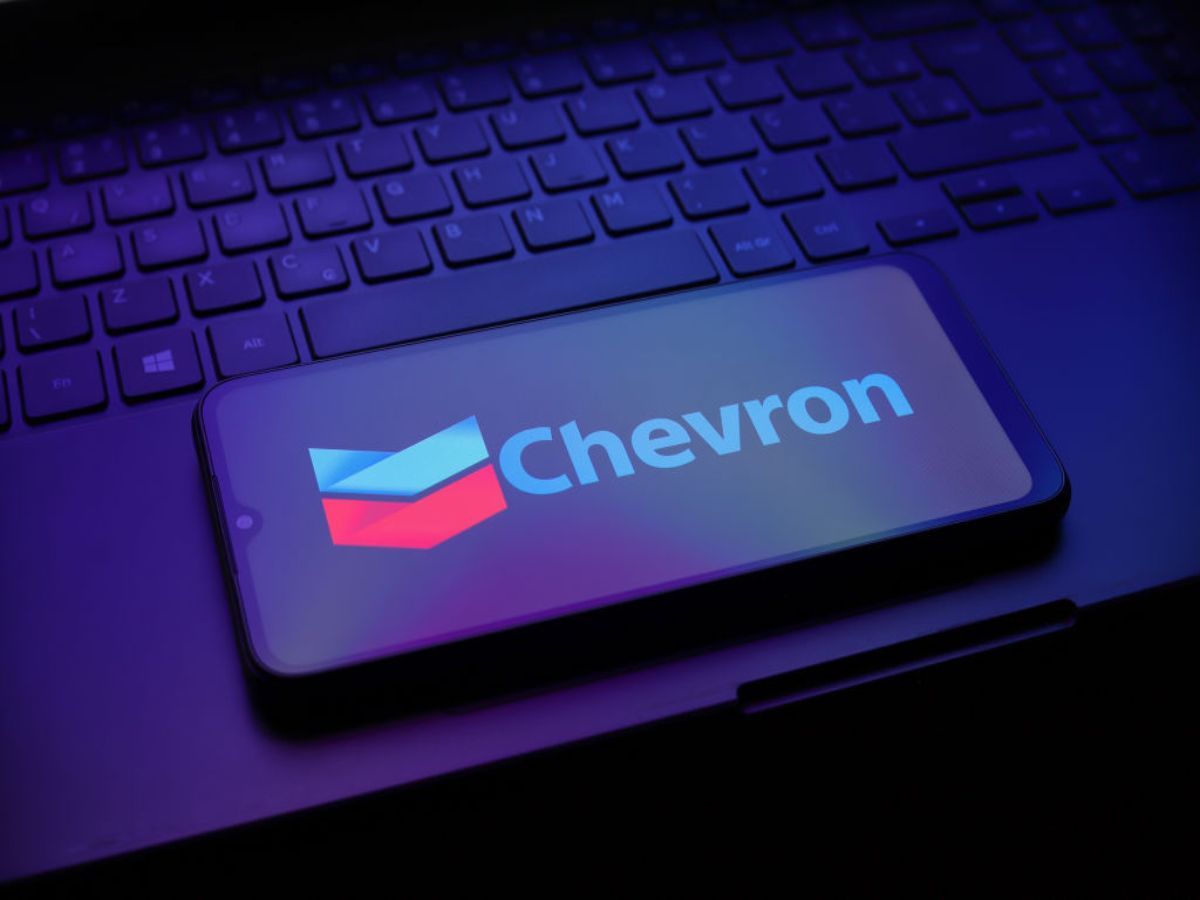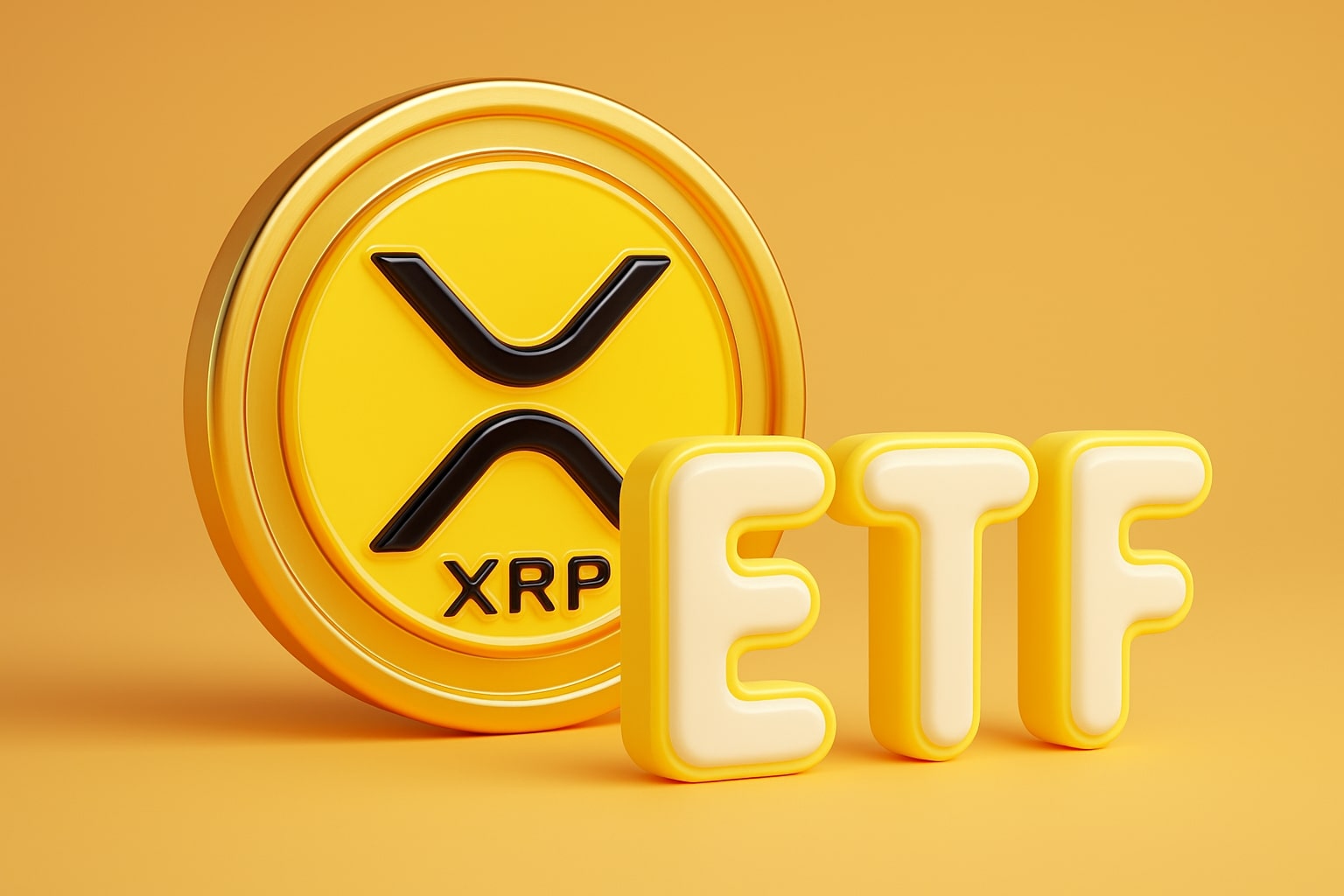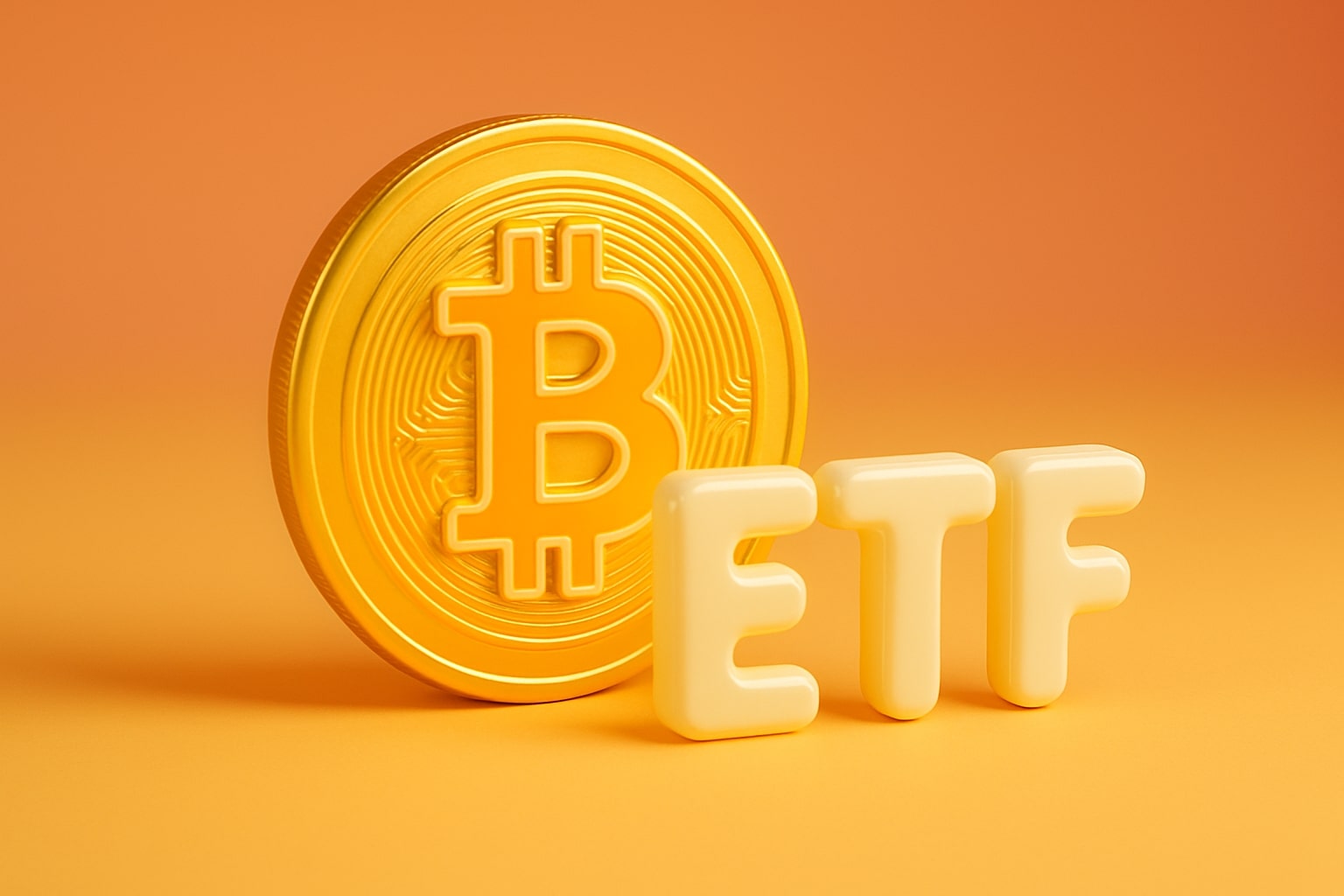
Chevron Stock Price: NYSE:CVX Driven by Berkshire Bet and Hess Growth Trading Near $165
Chevron’s $17.4B Berkshire stake, $12.5B free cash flow, and Guyana expansion position NYSE:CVX for dividend strength and long-term upside | That's TradingNEWS
Chevron (NYSE:CVX) Stock: Berkshire Confidence, Record Production, and the Hess Catalyst
Institutional Confidence in NYSE:CVX
Chevron (NYSE:CVX) has drawn renewed attention after Berkshire Hathaway raised its stake by 2.91% in Q2 2025, even as Warren Buffett trimmed Apple by 6.67% and Bank of America by 4.17%. Berkshire’s position in Chevron now stands above $17.4 billion, making it the fifth-largest equity holding in Buffett’s portfolio of $257 billion. That vote of confidence came just as Chevron reported Q2 earnings of $1.77 per share, modestly above consensus, despite weaker realized petroleum prices. For a company that has historically been one of Buffett’s favored dividend payers, the timing of the stake increase is notable, especially given that other megacap holdings were cut back.
Q2 Earnings Strength and Output Expansion
The second quarter underscored Chevron’s ability to generate earnings resilience in a tough pricing backdrop. Revenues reached $44.8 billion, missing expectations by about $768 million, yet free cash flow swelled to $4.9 billion, more than doubling year-over-year due to favorable working capital flows. Adjusted earnings landed at $3.1 billion, even though upstream profits dropped 39% year-on-year as U.S. realized petroleum prices slid to $47.77 per barrel, down 20% from 2024 levels. Offsetting price weakness was record-breaking production in the Permian Basin, where Chevron crossed the 1 million barrels of oil equivalent per day milestone for the first time. Total production across the portfolio climbed to 3.4 million boe/d, up 3% year-over-year, a volume expansion fueled by the 2023 acquisition of PDC Energy and continued drilling momentum.
Hess Acquisition: Guyana’s High-Impact Growth Engine
The transformational catalyst remains the $53 billion Hess acquisition, closed in July after an arbitration court cleared challenges from ExxonMobil and CNOOC. The prize is Hess’s 30% stake in Guyana’s Stabroek Block, estimated at 11 billion barrels of recoverable resources. Chevron has guided for $1.0 billion in annual synergies beginning in FY 2025, with immediate production accretion of 450,000–500,000 boe/d in 2H25. CAPEX associated with Hess is pegged at $2–2.5 billion per half year, manageable relative to Chevron’s $4 billion per quarter historical spend. Management raised its 2026 free cash flow outlook from $10 billion to $12.5 billion, reflecting these Guyana assets, signaling significant reinvestment and shareholder return potential.
Dividends, Buybacks, and Shareholder Returns
For investors, Chevron’s capital allocation policy is central. The dividend yield currently sits at 4.29%, almost exactly aligned with its 10-year average of 4.25%, suggesting shares are fairly valued despite premium P/E multiples. The board also reaffirmed the $2.5–3.0 billion per quarter share repurchase program, equating to a net buyback yield of 4.88%, over three times its decade average of 1.46%. Historically, Berkshire has favored companies with both strong dividend discipline and aggressive buyback programs, a dual strength that positions Chevron as a preferred holding. Insider trading data available on the stock profile show management confidence aligning with this strategy, further validating Chevron’s approach to shareholder payouts.
Valuation and Market Positioning for NYSE:CVX
Valuation metrics show a complex picture. Chevron trades at a forward P/E of 15.9x, higher than ExxonMobil’s 14.1x and about 50% above its own 5-year average, creating a 67% premium to the sector median. Critics see this as stretched, but the dividend and buyback yields suggest fairer pricing when measured by capital returns. Analysts expect EPS of $11–12 per share in 2026, up about 20% year-on-year, if crude stabilizes around $64 per barrel. At 15x earnings, fair value lands between $165–$180 per share, implying 16% upside plus a 4% yield, translating to a potential total return in the high teens.
Risks and Operational Headwinds
Chevron faces risks common to integrated majors. Macroeconomic weakness or a global recession could drag crude prices back below $60, crimping free cash flow. Operationally, downtime at Tengizchevroil in Kazakhstan and the Leviathan gas project have recently constrained volumes. The oil market also remains hostage to OPEC+ production policy, and volatility in geopolitical flashpoints could swing realized prices by double digits. The company’s premium P/E leaves less margin for error compared to peers. The execution of Hess synergies, expected to reach $1 billion, will be closely scrutinized in 2026.
Trading Perspective: Buy, Sell, or Hold?
At current levels, with Berkshire Hathaway expanding its holding, record Permian output at 1 mboe/d, free cash flow guidance raised to $12.5 billion, and a combined dividend-plus-buyback yield topping 9%, Chevron’s risk/reward balance remains skewed positively. The stock’s valuation premium is justified by structural growth from Guyana and by its demonstrated ability to return more than 100% of quarterly free cash flow to investors. Against sector peers, the blend of stability and upside catalysts supports a buy stance on NYSE:CVX, despite volatility in the commodity backdrop.
That's TradingNEWS
Read More
-
VOO ETF Hits $630 as Fed Shift and AI Growth Power 2026 Rally Toward $700
07.12.2025 · TradingNEWS ArchiveStocks
-
XRP ETFs XRPI & XRPR Aim for $1B Inflows as XRP Holds $2.02 Support
07.12.2025 · TradingNEWS ArchiveCrypto
-
Natural Gas Price (NG=F) Rallies to $5.29, Freezing Temperatures Spark Bullish Breakout
07.12.2025 · TradingNEWS ArchiveCommodities
-
USD/JPY Price Forecast - Dollar Extends Slide to 154 as BoJ Hawkish Pivot Drive Yen Toward 150
07.12.2025 · TradingNEWS ArchiveForex


















